Mobile will not be the primary screen for news and entertainment in India within next 3-4 years:IAA Debate consensus
Zee MELT 2015, the two-day festival of creativity in advertising and marketing created by Kyoorius in partnership with ZEE, GroupM and D&AD, concluded its first day. The festival, held at Nehru Centre in Mumbai, offered delegates a plethora of choices of events, such as workshops, seminars, showcases and the main conference.
One of the highlights of the first day’s events at Melt 2015 was the IAA Debate. The debate was on the topic ‘Mobile will be the primary screen for news and entertainment in India in the next three-four years’. There were four prominent speakers from the media industry arguing for and against the motion. The speakers for the debate were Arnab Goswami of Newshour fame from Times Now, The Hindu’s Rajiv Lochan, Network 18’s founder and former MD, Raghav Bahl and Vikram Sakhuja of Madison.
The four speakers were divided into two teams; one team consisted of Arnab Goswami and Rajiv Lochan who spoke against the motion. The opposing team had Raghav Bahl and Vikram Sakhuja who spoke for the motion. The debate was moderated by Sonali Krishnan, who called its format a bit ruthless. This IAA debate was in its 9th edition also IAA recently celebrated its platinum jubilee. The session of Melt 2015 was presented by Dainik Bhaskar.
The debate kick started with the moderator explaining the format, rules and the rounds of the debate. It was divided into 2 main rounds where each speaker was given 7 minutes to speak in the first round and the opposing team could counter them twice. After all 4 speakers put forth their points, for the closing round; one speaker from each team was given 4 minutes each to conclude their side of the debate.
Speaking for the motion, Vikram Sakhuja started off by quoting that Email will become the primary post in India. He spoke about how mobile will become the primary screens the consumers will turn to and how the consumption of internet by users is going to change and how it’s going to increase overwhelmingly over phone screens. The entire entertainment’s definition will change and it will become smaller size consumption in terms of being consumed on mobile screens.
He also spoke about how the consumption has gone down for TVs, and how online consumption and especially mobile usage has gone up, which in turn is leading to usage of multiple screens by consumers. He further added that today’s consumers are looking at an interactive device and how their go-to device has become the mobile. Due to the need of emergency of news consumption, people are ending up using mobile screens more. He also mentioned about how the content available on mobiles are personalised and customised for the user which makes it all the more better.
Arnab Goswami, who was speaking against the motion, interrupted Vikram by saying that mobiles were yet not the primary most screens that users were using, in India. He also pointed out how the opposition were going off track by not concentrating on the operational words, ‘primary screens’, ‘India’, ‘news and entertainment’ and ‘in 3-4 years’. He started his counter arguments by a quote by Voltaire, ‘Love the truth, pardon the error’. He supported his arguments mainly by stating facts about how in India, people are still addicted to watching television, rather than mobile phones for accessing news and entertainment. The stats given by him favoured Indian viewers who watched television, how much reach TV had as compared to smart phones which is needed for getting news and entertainment on phones. He added, the content which is created in India is still majorly for print and TV and not mobiles. His arguments were inclined towards TV still being the primary screens in India for news and entertainment. To build up on his argument further he spoke about how Indians are yet not ready for spending more on internet which is mandatory for mobile screens to become the primary screen in India. He also added that India’s internet services are not too supportive for Indians to choose mobile screens as their primary screen in the next 3-4 years.
The second speaker presenting for the motion of the debate was Raghav Bahl. He first countered Arnab’s point wittily saying Arnab’s show was about opinions and not news’. His entire argument was based on a single point that it is all about consumer behaviour. Consumers are the rulers of the market and how the consumption of news on mobile phones has already gone up many folds. He spoke about how some features of mobile phone like portability, easy access, easy availability of news etc are not available on TV viewing.
Mobile is today used 24/7 by consumers and is alongside people throughout the day. Primetime is no more the 9 pm slot, instead primetime is on phone throughout the day as the news is available to the consumers at the click of a button on their personal small screens. Due to easier usage of mobile phones and specifically because consumers are looking at a two way communication system, consumers are going on to the personalised mobile screens. Geographically as well, as and when the consumers move, the mobile moves with them and yet the availability of news and entertainment is not lost unlike TVs which are not portable.
The final speaker for the evening was Rajiv Lochan from The Hindu. He gave his arguments against the motion of the debate, ‘Mobile will be the primary screen for news and entertainment in India in the next three-four years’. He kept it very simple by emphasising on the key operational words, ‘personal screen’, ‘3-4 years’, and ‘news and entertainment’. He started off by saying traditional screens still outplayed mobile screens as far as primary screen was concerned specially in India. Network issues were a major issue and he specifically mentioned about how ‘we (India) are still in the buffering stage for accessing the Internet and that impacts user experience’. Due to easy access of news and entertainment on TVs, and no interruptions in terms of internet speed, freezing of screens, buffering etc, TV screens are still preferred over mobile screens in India. And also because the usage of smart phones is speculated to go down in few years from now, he concluded that mobile will not be the primary screen for news and entertainment in India in the next 3-4 years at least.
During the conclusion round, one member from both the teams emphasised on their previous mentioned points to further build their argument stronger. The moderator left the result on to the audience who were very keenly listening to the entire debate. The audience voted in favour of against the motion and believed that mobile may become the primary screen for news and entertainment in India by 2040 but definitely not in the next 3-4 years at least.




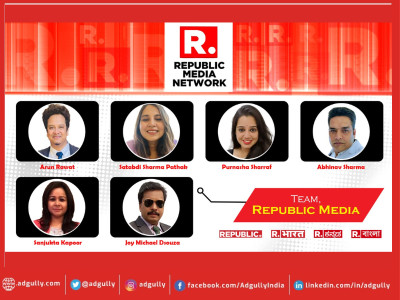




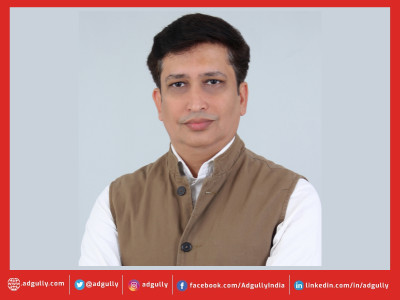


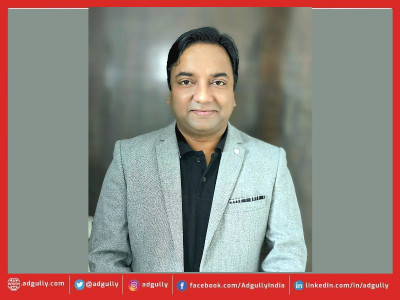

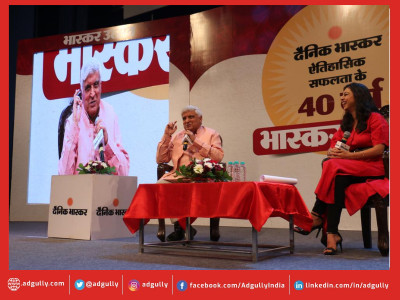
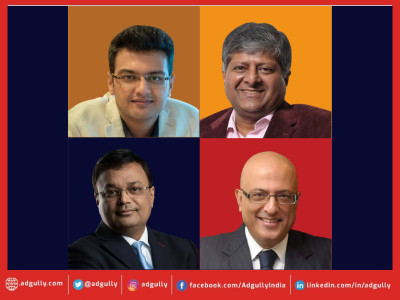


Share
Facebook
YouTube
Tweet
Twitter
LinkedIn